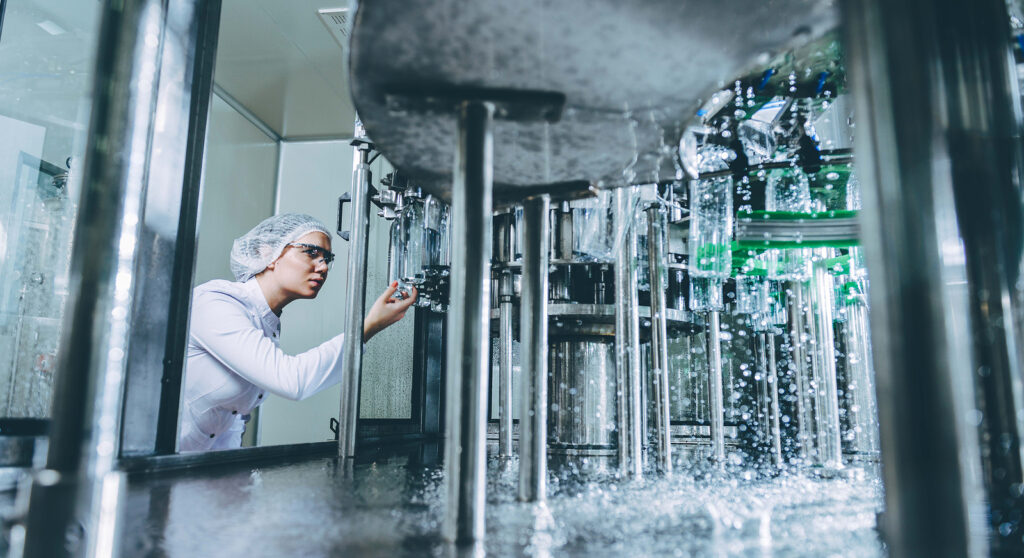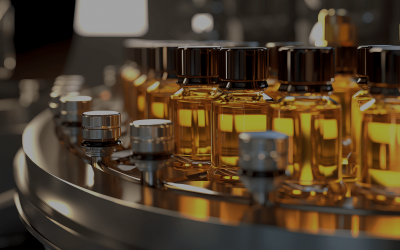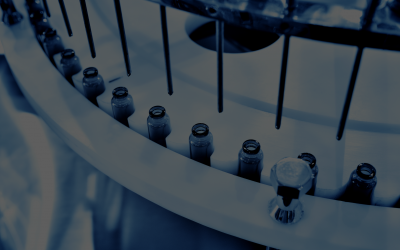Packaging Engineers have to keep the line running, while also keeping focus on efficiency targets and Continuous Improvement initiatives.
Dealing with breakage and damage while looking to find long-term efficiencies is tough without the right tools to uncover the unknowns of the line. (Obviously, we recommend smart in-line sensors)
By quantifying and locating mechanical forces such as impact, pressure and vertical load, packaging teams can better understand their line. They can also isolate and resolve the root cause of damage, breakage and performance loss caused by impact and pressure on containers.
Here are three ways packaging teams benefit from understanding mechanical forces:
1. Pinpoint the root cause of damage:
Quickly find the root cause of problems affecting your line using sensor data that measures exactly what your container is experiencing.
• Quick-check the line within an hour
• Receive data from entire line to determine root cause
• Pinpoint and visualize the exact location where product damage occurs.
• Train the entire team to respond to downtime or critical events
• Validate the effectiveness of the fix
2. Build efficiency Improvements:
Increase efficiency by isolating underlying pressure, impact and vertical load issues affecting various container types and materials
• Increase line speed by correcting problematic areas
• Eliminate guesswork or trial and error corrections
• Minimize unplanned downtime
• Test equipment variables
3. CI Validation & Preventative Maintenance:
Validate Continuous Improvement initiatives and prevent performance drift, unplanned maintenance or catastrophic events through comparative data analysis.
• Benchmark performance and compare run history
• Identify trends and correct escalating issues before they become catastrophic
• Make data-driven maintenance decisions
• Validate the effectiveness of CI initiatives
• Test maintenance variables
The savings can also be on equipment. Maintworld, “the magazine for maintenance & asset management professionals”, had a recent article which concluded, “Conveyors and assembly processes are widely used across many industries. As automation continues its upward trend, markets like PET bottling, food and beverage, and general packaging, which see many sudden stops and starts are seeing an increased need for shock absorbers to safely control and dampen the kinetic energy produced throughout the production line.”
The article goes on to say, ‘In certain applications like the beverage bottling industry, conveyor systems are required to quickly bring a product to a stop at regular intervals along a conveyor line in order to be cleaned, filled, sorted and packaged. The high rate of speed of the conveyor transport, coupled with the rapid deceleration of a sudden stop could result in problems for the product and the conveyor equipment if the energy is not properly absorbed throughout.”
It isn’t a secret that increased productivity demand is felt by the managers, machine operators and packaging engineers. It also results in excess demands on equipment.
Having complete and clear knowledge of the forces on your containers and where issues might arise with wear on the equipment that they are running on, can mean a whole lot more than saving just containers and product. Efficiencies, maintenance and equipment costs all come in to play.

Other areas that benefit from reduction of damaging forces
Transportation
Sensor tools provide beverage and fragile food manufacturers loading-dock to loading-dock visibility of shock, sidewall pressures and other variables in case or on pallet during shipping.
Research & Development
Accurate design testing using sensor-driven data enables a complete assessment of line conditions. This data-driven process also builds an understanding of how pressure, impact and vertical load issues affect various container types and materials.






